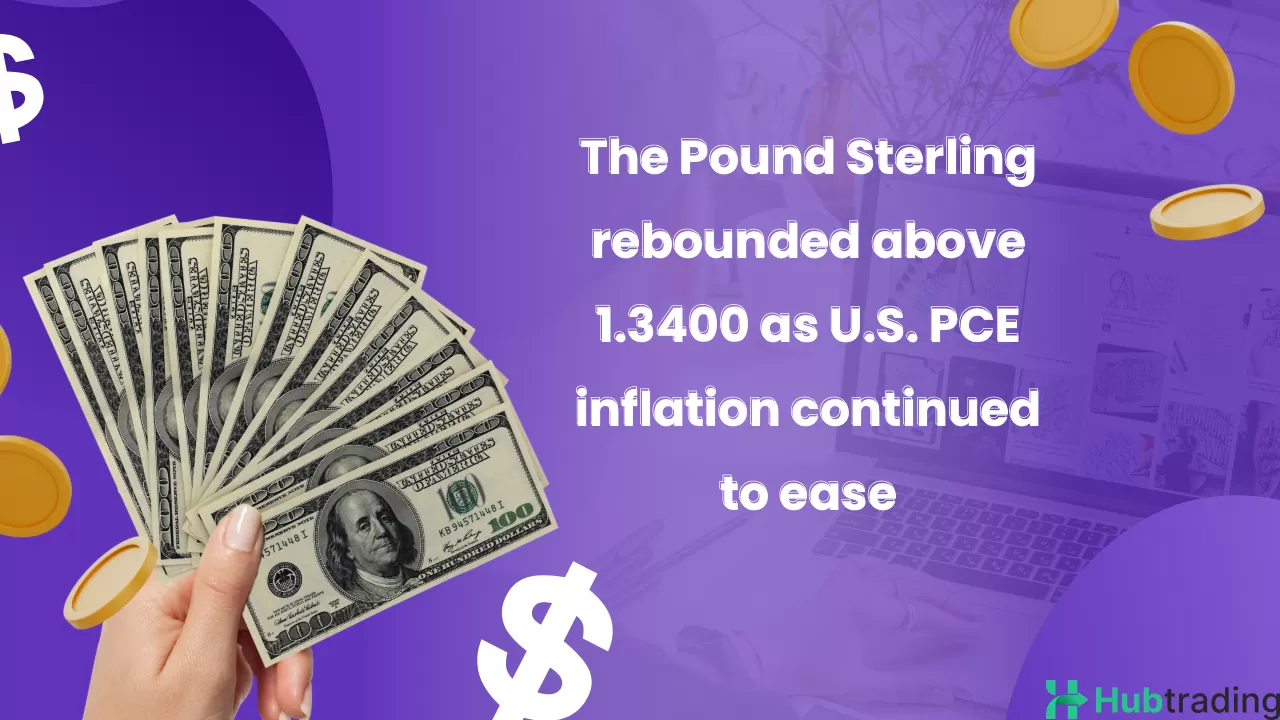-
The Indian Rupee faces selling pressure in Thursday’s early European session.
-
Trump’s announcement of a 26% tariff on Indian imports puts downward pressure on the INR.
-
The US Weekly Initial Jobless Claims and ISM Services PMI are key data points to watch later on Thursday.
The Indian Rupee (INR) faces continued selling pressure on Thursday, following a decline in Asian equity and currency markets, triggered by US President Donald Trump’s decision to impose broad-based tariffs. On Wednesday, Trump announced a 26% tariff on imports from India, effective April 9, as part of his broader plan to impose duties on all US imports. This move has led to increased selling pressure on the INR.
However, a drop in crude oil prices may help mitigate the currency's losses. As India is the third-largest oil consumer globally, lower crude prices tend to have a positive effect on the INR, as they reduce the country’s import bill.
Investors are also looking ahead to the US economic data, with key reports such as the Weekly Initial Jobless Claims, S&P Global Services PMI, and ISM Services PMI due later on Thursday. The US March Nonfarm Payrolls report, scheduled for release on Friday, is also expected to be closely watched.
INR Weakens After Trump's Tariff Announcement
- In his White House address, Trump stated, "They (India) are charging us 52% and we charge almost nothing for years and decades," emphasizing the tariff imposition. On the data front, India’s HSBC Manufacturing PMI for March rose to 58.1, exceeding expectations and marking a positive signal for the Indian economy.
- Despite a strong performance in March, where the Indian Rupee posted its best monthly gains in over six years, the INR is under pressure due to the new tariff policies. Foreign inflows of nearly $4 billion into Indian equities and bonds have supported the currency in recent months, reversing the outflows of approximately $12 billion seen earlier this year.
- Trump’s administration announced that the US would impose a 10% baseline tariff on all imports and additional duties on approximately 60 countries with large trade imbalances with the US. US Treasury Secretary Scott Bessent warned that any retaliatory measures could lead to further escalation. Federal Reserve Governor Adriana Kugler also noted that rising tariffs could contribute to prolonged inflationary pressures in the US.
Technical Outlook: USD/INR Remains Bearish Despite Retaliatory Pressure
The USD/INR pair continues to trade in negative territory, with the bearish sentiment intact as the price remains below the key 100-day Exponential Moving Average (EMA). The 14-day Relative Strength Index (RSI), which is currently below the midline at 38.15, supports the downward momentum.
Initial support for the USD/INR pair is seen at 85.42, the low of April 2. Further downside could target the 85.00 psychological level, followed by 84.84, the low of December 19.
On the upside, the first resistance level is located between 85.90-86.00, representing the 100-day EMA and the round figure. A decisive break above this level could lead to a rally towards 86.48, the low of February 21, with the next target seen at 87.00.





